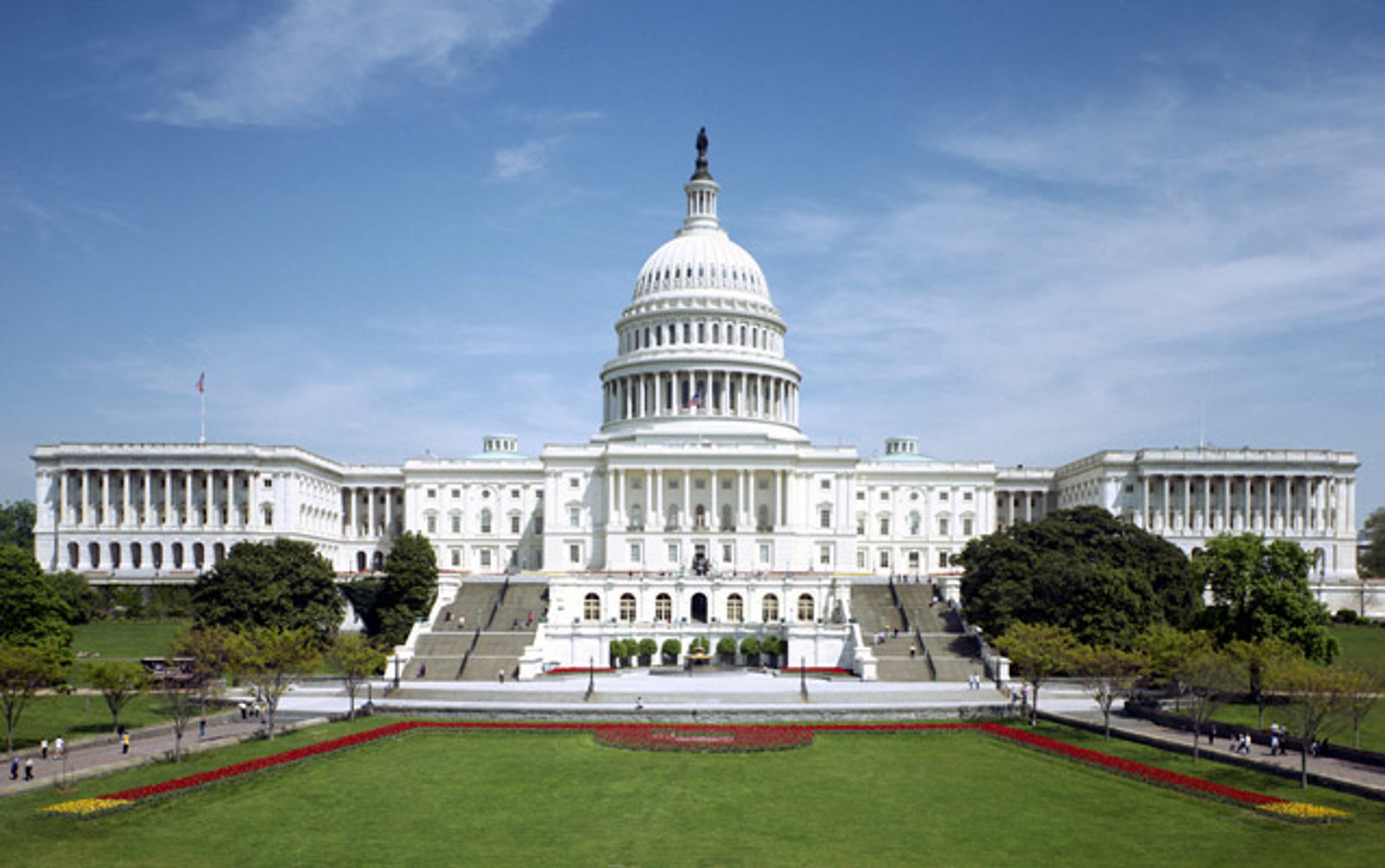New DEI Guidance Sows Confusion on Campus
The Office for Civil Rights (OCR) at the Department of Education released guidance last week informing educational institutions that the agency will begin enforcing new standards governing diversity, equity, and inclusion (DEI) programs’ compliance with federal civil rights law by February 28. Although the guidance in many ways raises more questions than it provides answers, it clearly represents the strongest signal yet that the Trump Administration is planning to closely scrutinize DEI activities on college campuses.
Below is a summary of the DEI guidance and considerations that institutions should take into account as they determine their next steps on campus.
The Guidance
The guidance states that it is intended to clarify OCR’s current views on constitutional and statutory requirements governing race discrimination. Citing Students for Fair Admissions v. Harvard, the Supreme Court’s 2023 decision holding that Harvard University’s race-conscious admissions program was unlawful, the guidance declares that the ruling applies more broadly to considerations of race in educational contexts beyond admissions:
If an educational institution treats a person of one race differently than it treats another person because of that person’s race, the educational institution violates the law. Federal law thus prohibits covered entities from using race in decisions pertaining to admissions, hiring, promotion, compensation, financial aid, scholarships, prizes, administrative support, discipline, housing, graduation ceremonies, and all other aspects of student, academic, and campus life. Put simply, educational institutions may neither separate or segregate students based on race, nor distribute benefits or burdens based on race.
Although race-conscious decisions in other educational contexts, such as financial aid, have not yet been tested in the courts, most legal commenters share the view that, based on the reasoning of the Harvard ruling, any differential treatment on the basis of race is highly susceptible to legal challenges in other educational contexts where individual benefits or opportunities are at stake. In that sense, the guidance does not appear to break new legal ground.
In other aspects, however, the guidance appears to take a position on legal questions in a manner inconsistent with existing precedent or as yet undecided. For example, the guidance states that using race-neutral factors as a proxy for race is unlawful. While that may be the case when neutral factors are used with discriminatory intent and impact, at least two federal appellate courts have upheld the use of race-neutral factors to achieve other, non-racial forms of educational diversity. However, given the ambiguity in the guidance and complexity of the case law on the proxy question, institutions may wish to exercise caution in this area in the current environment.
Finally, there are instances in which the guidance may be misleading. For example, the guidance implies, without saying explicitly, that certain DEI initiatives are impermissible, describing “segregation by race at graduation ceremonies and in dormitories” as “shameful.” The guidance does not, however, declare such activities to be unlawful, likely because they have historically been legally permissible so long as no one is excluded from participation on the basis of race. Likewise, the guidance alludes to certain activities, such as what students are taught about race discrimination, in ways that are likely to raise First Amendment speech concerns, among other legal issues.
Considerations for Colleges and Universities
The new DEI guidance is a mix of some accurate descriptions of constitutional and statutory prohibitions against race-based discrimination, along with misleading policy opinions implying that all DEI-related activities are unlawful. While the guidance may be confusing, the one thing that is clear is that the Trump Administration intends to ramp up the scrutiny of DEI programs at colleges and universities. Even though certain elements of the guidance – or the guidance in its entirety – may be halted by legal challenges, institutions must carefully consider their course of action going forward in light of the potential risks.
Although agency guidance is not legally binding – as reaffirmed in a footnote in the DEI guidance – it does serve as a strong signal of agency enforcement priorities. As a result, colleges and universities should, in conjunction with legal counsel, take steps to review existing policies and programs to ensure that they are in compliance with federal civil rights laws. Given that anyone can file a discrimination complaint with OCR, institutions should pay particularly close attention to any public-facing websites or materials that may provide a basis for filing such a complaint.
In determining whether to terminate existing DEI policies and programs, individual institutions should take deliberate steps to carefully weigh the threat of enforcement action and associated costs against their individual missions and values. In general, DEI programs that are inclusive in design are typically permissible under federal civil rights laws, but every institution will have to determine its own path forward based on the current political environment and its own individual risk tolerance and priorities.
For more information, please contact:
Jody Feder

